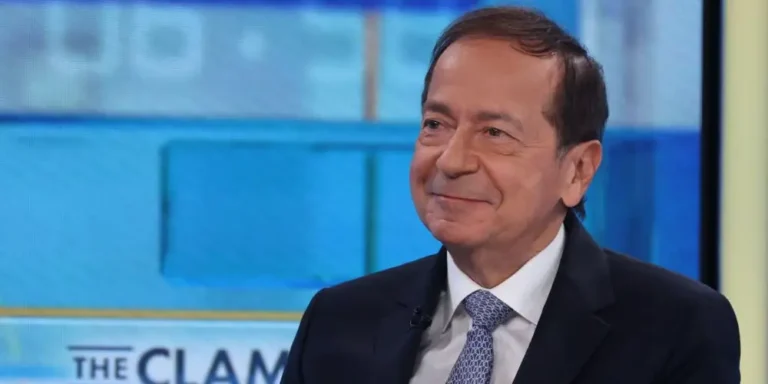Jokeeta and Donte Marzett make tens of thousands of dollars on every home they flip. They share how they finance their home purchases and remodels — and how to mitigate risks associated with flipping.

- Jokeeta and Donte Marzett have executed several home flips.
- They said they’ve used a hard money lender for purchase and repair costs.
- To mitigate risks, they recommend having an exit strategy and good underwriting skills.
Flipping houses has become a lucrative source of income for Jokeeta and Donte Marzett.
According to closing statements obtained by Insider, they’ve flipped homes for profits of $110,000, $50,000, $40,000, and 30,000, and they have more in the works that they expect to net up to $100,000, depending on final renovation costs.
What’s the best part? They mostly used outside funds to complete the flips.
The couple learned their lesson on their first flip when they chose to use their own money for the property’s rehab, which they said was a mistake because it ended up costing them more than they had planned and tied up their funds until the sale was completed. They now borrow the funds required for renovations and the majority of the house’s purchase price.
The Marzetts’ financing strategy
The Marzetts decided to continue their house flipping career after their first experience. However, they’ve learned that they prefer not to have a large portion of their money sunk into a property during the renovation process.
As a result, they’ve used a hard money lender for every deal since. Hard money lenders work with real estate investors to cover the cost of a property as well as any renovation costs (if any). They typically lend money for a shorter period of time, such as 12-18 months, and charge higher interest rates than a bank. Some people prefer hard money lenders because they are easier to get a loan from than banks.
In a house they’re currently flipping in Texas, the Marzetts have used a hard money lender.
They paid $253,000 for it, putting down $45,000 from previous sales to cover the down payment and closing costs. They borrowed from a hard money lender for the remaining cost of the house (around $220,000), plus another $75,000 for renovation costs. However, new buyers do not have to use any of their own money to purchase a property and can instead borrow it all from a hard money lender.
The couple pays $2,400 in interest only on the loan during the months between borrowing it and repaying it when the property is sold. Backflip, the hard money lender they use, only allows 12-month loans, but the Marzetts said they usually try to complete a flip within three to four months to save money.
When the renovations are completed, the property will be worth $450,000, according to an appraisal report obtained by Insider. Depending on the final renovation costs, they can expect to profit between $80,000 and $110,000.
Home-flipping risks
Home flipping is risky in any market, but some say it is especially so in today’s. Home prices have been trending downward in the last year, making it more difficult to turn a profit after renovation and closing costs because appraisals may not be as high as expected. However, this is subject to local market dynamics.
Earlier this year, Zillow’s Chief Economist Skylar Olsen told Insider that it’s unlikely that we’ll see another period of rapid home-price appreciation — ideal for home flipping — like we did from early 2020 to early 2022, when median US home prices increased by 40%.
“We wouldn’t have to return to a world where interest rates were in the threes for us to get back into a situation where our home equity did what it did,” Olsen said. “To expect that is to expect another black swan event.” Long-term mortgage rates are expected to be around five and a half to six percent.”
Jokeeta and Donte stated that they aim to keep risks low by understanding the market they’re buying in and the costs of repairs for big ticket items in a house such as the roof, HVAC, plumbing, electrical system, and foundation.
They also stated that knowing what a house will appraise for after repairs is critical, and that they use a Backflip service that provides these estimates.
Basically, ensure that your underwriting is sound.
They claim that having an exit strategy reduces risk. For example, if a house does not appraise for as much as you hoped, you can still keep it, rent it out or list it on Airbnb, and then do a cash-out refinance to repay the hard money lender. Furthermore, they claim that installing high-quality appliances and finishes will help a home sell quickly. According to the couple, all of their flips have sold within a week or less. One strategy they employ is to outperform the finishes of comparable homes nearby.






